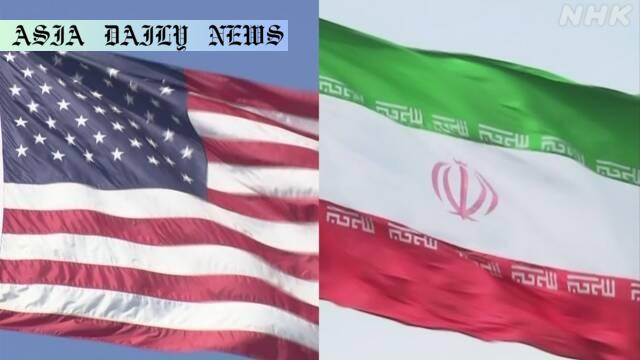Nuclear Talks: Progress observed in the fifth round of US-Iran discussions over uranium enrichment issues, despite unresolved gaps.

Introduction to US-Iran Nuclear Talks
The United States and Iran recently concluded the fifth round of nuclear talks, signaling both progress and continued challenges. These discussions, held in Rome, brought together US Special Envoy to the Middle East Steve Witkoff and Iranian Foreign Minister Abbas Araghchi. Their objective: find common ground on Iran’s nuclear development program. Despite the persistent gaps, both sides described the talks as constructive, hinting at potential breakthroughs that could influence international geopolitics.
The Key Sticking Issue: Uranium Enrichment
The central point of contention has been uranium enrichment. For the United States, represented by Witkoff, the matter is non-negotiable. Witkoff emphasized that “even 1 percent” of enrichment capability would be unacceptable, drawing a clear red line on the issue. Contrarily, Iran, through Foreign Minister Araghchi, defended its right to enrichment and remained steadfast, rebuffing the idea of a complete halt to these activities. This divergence underscores the significant ideological and strategic differences between the two nations.
Progress Amid Tensions
Despite these differences, the talks were characterized as productive by both sides. Araghchi noted the US delegation’s improved understanding of Iran’s position. Meanwhile, a senior US official referred to the discussions as constructive. These statements suggest that while challenges remain, there is a willingness on both sides to continue negotiating, perhaps with a clearer shared framework in mind.
Role of Oman and Future Prospects
As the fifth round of discussions concluded, Oman stepped in as a mediator to facilitate the next phase of talks. Both sides have expressed optimism in working with Oman to narrow their differences. However, the extent to which the US and Iran can reconcile their stances on enrichment is yet to be seen. This mediation may prove pivotal to fostering mutual concessions and, potentially, a landmark agreement that could reshape Middle Eastern geopolitics.
The Global Implications of the US-Iran Talks
Should these nuclear talks lead to a resolution, the impact would reverberate globally. Successful negotiations could reduce tensions across the Middle East, impact global oil markets, and set a precedent for future diplomatic engagements. Conversely, a collapse in talks could lead to renewed hostilities and increase the risk of conflict. The stakes are undeniably high, making the ongoing dialogue a critical focal point for the international community.
Conclusion
While challenges remain, the fifth round of US-Iran nuclear talks has demonstrated a mutual willingness to engage in constructive dialogue. With Oman stepping in as mediator, the coming rounds of negotiations will be crucial in determining whether a compromise can be reached. The discussions not only have significant regional implications but could also redefine the nature of US-Iran relations in the years to come.
Commentary
Broadening the Perspective: A Commentary on US-Iran Nuclear Talks
The Complexity of Diplomacy
Diplomatic negotiations between two nations with a history of deep-seated mistrust, such as the United States and Iran, are inherently complex. The discussions surrounding Iran’s nuclear program are no exception. At the heart of this issue lies the matter of uranium enrichment—an issue that is both technically sophisticated and symbolically significant. While the US sees enrichment as a potential pathway to nuclear weapons capability, Iran frames it as a sovereign right. This juxtaposition illustrates how diplomacy often involves navigating not only the tangible but also the intangible—values, narratives, and historical experiences.
The Role of Constructive Engagement
One encouraging element of the fifth round of talks has been the language of progress. While no major breakthroughs were reported, progress as a theme underscores the importance of continuous engagement. The mere act of dialogue, particularly when it remains constructive, helps prevent escalation. Diplomatic traction often works like a delicate balancing act, requiring trust-building and clear communication. The US and Iran’s willingness to keep discussing indicates that both sides recognize the value of dialogue, even in the toughest of circumstances.
Looking Toward the Future
As we consider what lies ahead, the role of Oman as a mediator introduces an interesting dynamic. Sometimes, the involvement of a neutral third party helps to create a more conducive environment for compromise. Oman’s participation may help both the United States and Iran take bolder steps toward reconciling their differences. It’s a reminder that diplomacy is not just about bilateral interactions but often involves multilateral influences working behind the scenes to maintain balance. Ultimately, the future of these talks holds broader implications not just for the Middle East but for global security at large.


